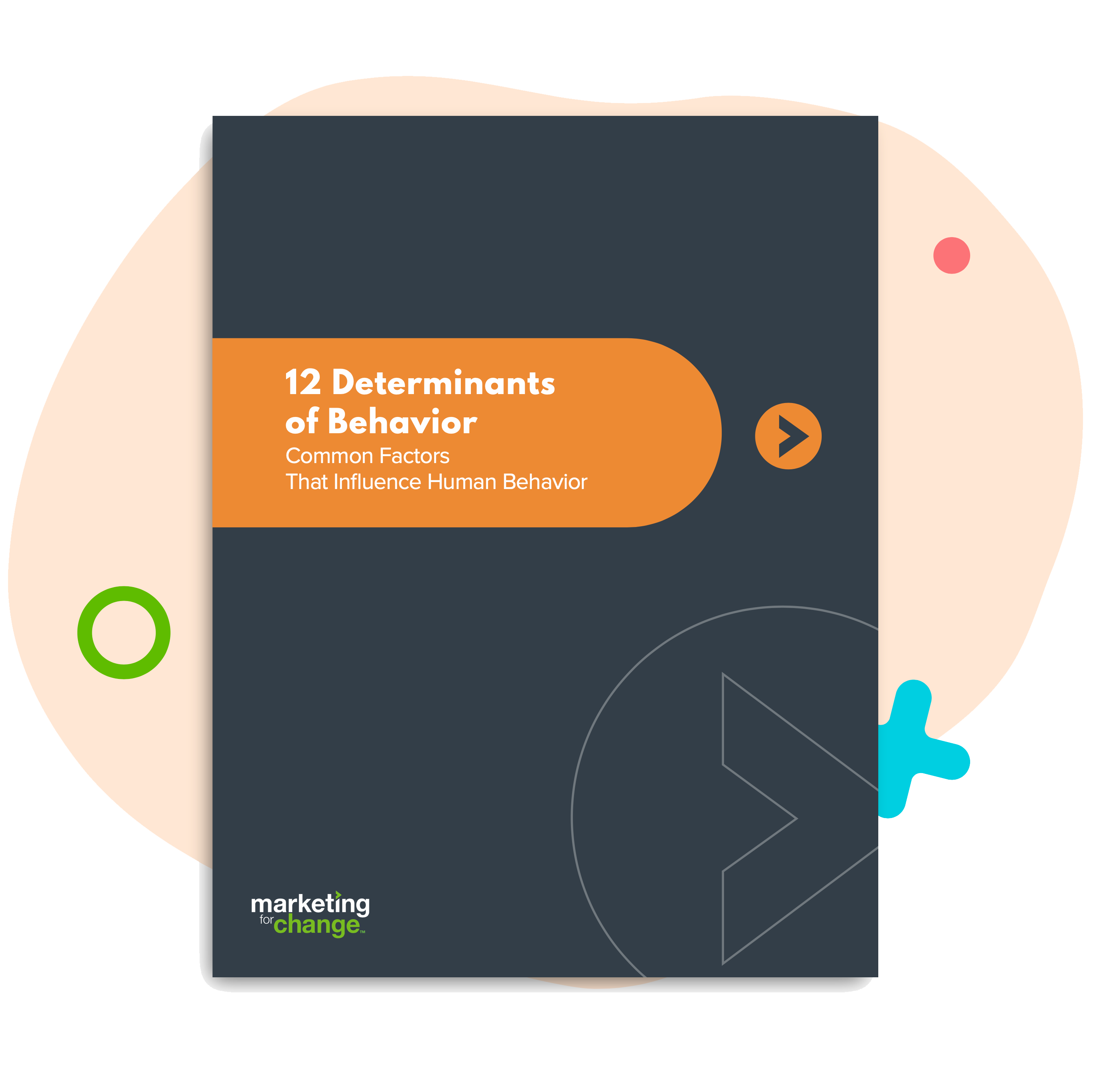
Why We Really Do Need to Reinvent the Wheel
Maybe you’ve been there: On the brink of a brainstorming session, someone asks you to stop. Hold on, they say. New ideas are not necessary. Others have worked on this same problem. “We don’t want to reinvent the wheel,” they argue.
But don’t we?
This short blog is my argument for ignoring that seemingly sensible advice.
Reinvention, after all, is a good thing. It is at the heart of most innovation. Just as we don’t slap wagon wheels on electric cars, we can’t simply apply yesterday’s successes to today’s challenge. Best practices are not recipes for future success but simply starting points worth consideration.
They are “best” for now. Not forever.
In the realm of social marketing and public health, we rightly advocate for program evaluations. We celebrate successes, favor evidence-based approaches, and share strategies and tactics that make a difference. This advances the field. Where we go wrong is when we enshrine “best practices” as mandatory next steps, a requirement for funding or a limitation on what can be tried.
That shuns innovation and optimization.
Even best practices were once untested ideas. About 25 years ago, as a new appointee in Florida charged with creating a statewide anti-smoking effort aimed at youth, I got a letter from the Centers for Disease Control and Prevention. Don’t do a mass media campaign aimed at teens, it advised. Best practice at the time suggested aiming the media at a more general audience — all people, not just teens. Teen-targeted ads had backfired in other places.
Luckily, the letter came late. The idea of creating a media-driven youth movement against tobacco — what became the truth campaign — was already being developed. Even more fortunately, it succeeded. Before long, the youth-targeted truth campaign was itself a “best practice.”
Today the truth campaign still exists, albeit in a much different form. Which is how it should be. 2023 is not 1998.
More importantly, the forces that shape behavior are changing all the time. Context changes. Our competition ups their game. We must change, too. Ignoring evidence or past evaluations is welcoming ignorance, rarely the source of our best ideas, but enforcing an adherence to what’s been tried before just preserves tired approaches that reflect another time.
In behavior change, we too often keep trying the same basic idea in new ways. Before Click It or Ticket, the history of seat belt campaigns could have been called 1,000 ways to dramatize crashes. But the idea that made the biggest effect was not a better fear campaign. It was a more likely negative outcome (a lesser one at that) — getting a ticket.
At Marketing for Change, we use our Behavioral Determinants Framework to question if we’re even working on the right determinant for every campaign or online platform: for example, are perceived consequence still influencing a behavior or does a shift in context now mean norms or bias or something else can be better leveraged to drive change?
So let’s look closely at yesterday’s wheels. Let’s appreciate how they work, dissecting the factors that drive the effect and imagining what forces were never considered. But let’s not be afraid to question yesterday’s wheels. Maybe you need more than a better tire.

Peter is the founder & chief insights officer of Marketing for Change.






